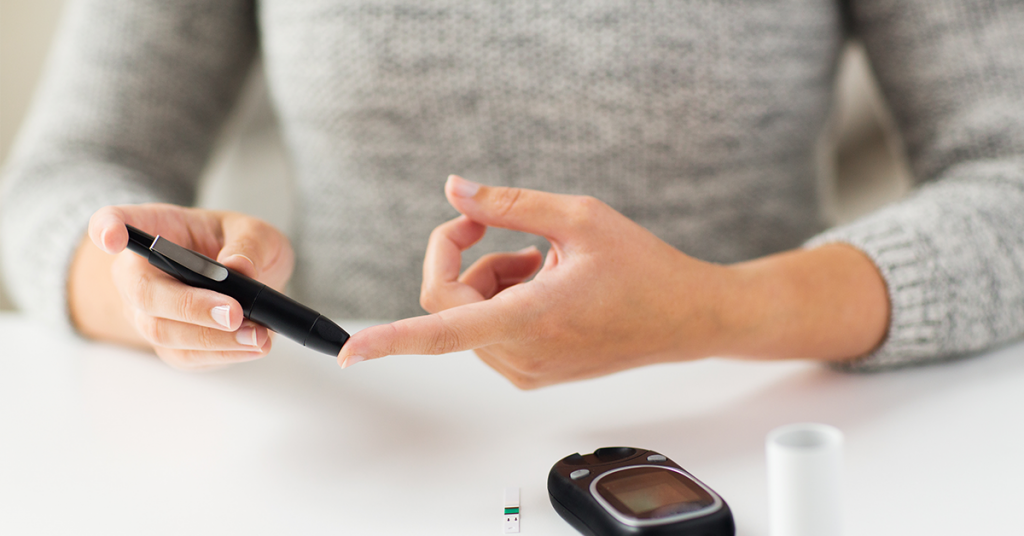Aproximadamente 35 millones de estadounidenses viven con diabetes. Esta enfermedad crónica se presenta en tres tipos principales: tipo 1 (DT1), tipo 2 (DT2) y gestacional. Independientemente del tipo que tenga, la diabetes significa que su cuerpo tiene un problema: no produce suficiente insulina o resiste sus efectos. Cuando su cuerpo no puede convertir el azúcar (glucosa) en el combustible que necesita, puede causar complicaciones graves si no se controla adecuadamente. Es hora de analizar la diabetes con lupa.
Diferencias entre T1 y T2

El azúcar es una fuente de energía para nuestro cuerpo. Se encuentra de forma natural en nuestro organismo, es producida por el hígado y proviene de los alimentos. Para que el azúcar llegue a las células, se necesita insulina. Insulina Es una hormona secretada por el páncreas y se conoce como la "clave" que ayuda a convertir el azúcar en energía y evita que los niveles de azúcar suban demasiado. En ambos tipos, la función clave de la insulina se ve alterada. A continuación, se detallan las características específicas de cada tipo:
- Diabetes tipo 1:
- El sistema inmunitario ataca por error a las células productoras de insulina del páncreas. El cuerpo, por lo tanto, no puede producir insulina y, por lo tanto, tampoco puede controlar los niveles de azúcar.
- Diabetes tipo 2:
- El cuerpo es resistente a la insulina y no responde a sus efectos. Por lo tanto, continúa produciendo más insulina para controlar los niveles de azúcar. Con el tiempo, el páncreas también deja de producir insulina.
Dentro del cuerpo con diabetes tipo 2
Cuando su cuerpo se vuelve resistente a la insulina, se desencadena una reacción en cadena de eventos que, si no se tratan, pueden llevar a problemas a largo plazoComo los niveles de azúcar se mantienen altos, el cuerpo intentará eliminar el exceso y orinarás mucho. Tendrás sed constantemente debido a la micción frecuente. Como el azúcar no puede transformarse en energía correctamente, podrías sentirte cansado constantemente. No todas las personas con diabetes tipo 2 experimentan síntomas, y estos suelen tardar en manifestarse.
Metformina y diabetes
Si la diabetes tipo 2 no se puede controlar con dieta y ejercicio, entonces la primera línea de tratamiento generalmente consiste en metforminaLa metformina actúa para reducir los niveles de azúcar en la sangre al aumentar la sensibilidad a la insulina de las células musculares, lo que permite que el azúcar se convierta en energía. También reduce la cantidad de azúcar producida por el hígado. Se toma sola o en combinación con otros medicamentos antidiabéticos.

La investigación clínica continúa ayudando a comprender por qué algunas personas desarrollan diabetes y otras no. Los antecedentes familiares, la obesidad y la falta de actividad aumentan el riesgo de desarrollarla, aunque aún se desconocen sus desencadenantes y por qué.
Si tiene diabetes tipo 2 y toma metformina, los próximos estudios de investigación clínica podrían ser una opción. Para obtener más información sobre futuros estudios que buscan nuevas opciones, llame al (937) 424-1050 o visítenos. aquí.
Referencias:
https://www.mayoclinic.org/diseases-conditions/type-2-diabetes/symptoms-causes/syc-20351193
https://www.diabetes.co.uk/diabetes-medication/glucophage.html

